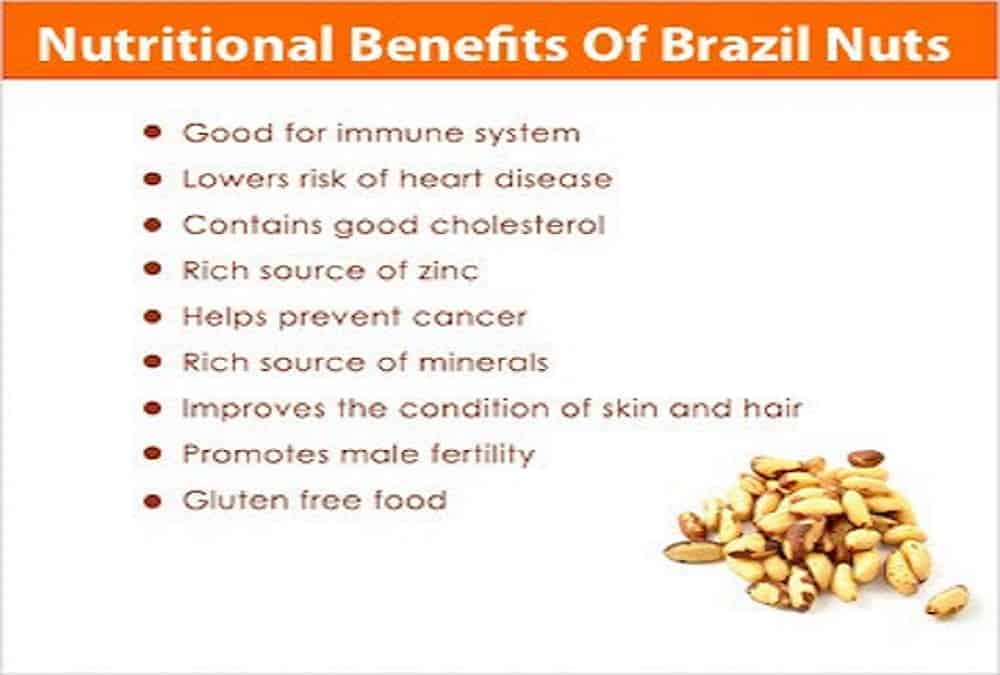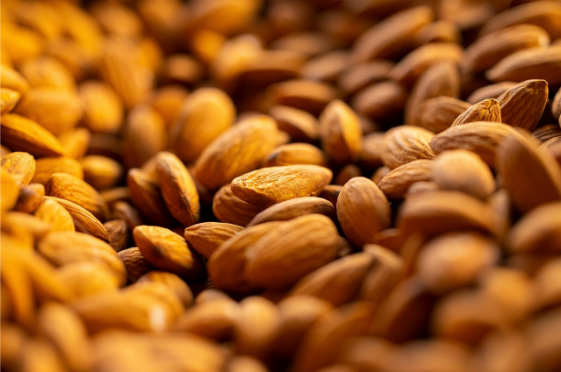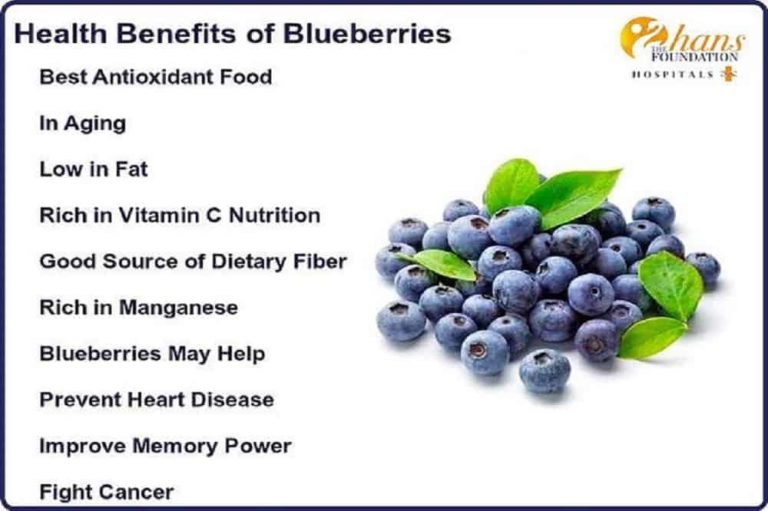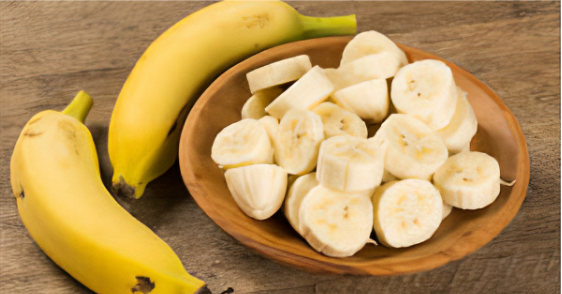Your cart is currently empty!
Nutritional Benefits Of Brazil Nuts
Selenium is an essential trace element. Found in several different foods. But, of all the foods that contain selenium, Brazil nuts pack the most punch. Thus, while one medium whole egg has 14 micrograms of selenium and one ounce of cheddar cheese has four micrograms of selenium, one ounce of dried Brazil nuts contains 544 micrograms of selenium.
Customers worldwide consider plant foods the primary dietary source for selenium. The amount of selenium in a specific food is a function of the selenium in the soil. The Dakotas and the northern Nebraska soils in the United States contain high selenium levels. People who live in those regions tend to have higher intakes of this element. On the other hand, the grounds in sections of China and Russia have essentially no selenium. The research on the nutritional benefits of Brazil nuts and selenium is not always consistent. Nevertheless, it is still interesting to review.
Prostate Cancer
A study published in 2001 in The Journal of Urology reviewed the relation ship between the amount of selenium in the blood and the risk of developing prostate cancer. The complete research using men listed in the Baltimore Longitudinal Study of Aging. These included “52 with known prostate cancer and 96 age-matched controls with no detectable prostatic disease.” The researchers find that low rates of selenium in the blood will be “associated with 4 to 5 times an increase risk of prostate cancer.’
A few years later, in 2004, another study on the relationship between levels of blood selenium and prostate cancer was published in NCI: Journal of the National Cancer Institute. These researchers used data from the men enrolled in the Physician’s Health Study. They found “that higher levels of selenium may slow prostate cancer tumor progression.”
However, a 2009 article in The Journal of the American Medical Association noted dramatically different results from studies involving 35,533 generally healthy men from 427 sites in the United States, Canada, and Puerto Rico. The men would assign randomly to one of four groups. The four groups were: selenium (200 micrograms per day), vitamin E (400 IU/day), selenium and vitamin E, and placebos. The plan is to follow up for seven to twelve years. After just 5.46 years, the researchers found no statistically significant differences between the four groups. The researchers concluded that selenium (and vitamin E) “did not prevent prostate cancer in this population of relatively healthy men.”
Cognitive Function

A study published in 2007 in the American Journal of Epidemiology describes a cross-sectional survey of 2,000 people aged 65 years and older who live in two different provinces in rural China. More than 70 percent of the people surveyed had lived in the same villages since birth. The taking of a collection of nail samples determines selenium levels. (Toenails are used because they grow slowly and steadily and track the amount of selenium over some time.) The subjects were given a battery of tests, including the Community Screening Instrument for Dementia (CSID), the Indiana University Token Test, and the Consortium to Establish a Registry for Alzheimer’s Disease (CERAD).
The researchers found that people with lower levels of selenium had lower rates of cognitive function. Significantly, their rates tended to be comparable to those of people ten years older. The researchers said that “results in this geographically stable cohort support the hypothesis that a life long low selenium level with an association to lower cognitive function.”
Bladder Cancer
A study published in 2009 in Cancer Prevention Research, a journal of the American Association for Cancer Research, said that, in some instances, selenium may play a role in preventing bladder cancer. Researchers analyzed data from 857 cases of bladder cancer and 1,191 general population controls. They found no relationship between levels of selenium in toenails and bladder cancer. The researchers did observe that there is the possibility that in certain molecular phenotypes of tumors and specific subgroups of the population (such as women and moderate smokers), selenium may play some preventive role.
Osteoarthritis

At the 2005 American College of Rheumatology Annual Scientific Meeting, Joanne Jordan, MD, a rheumatologist at the University of North Carolina at Chapel Hill, presented a study. This study tracked the incidence of osteoarthritis and the selenium level in toenail clippings. Dr. Jordan and her colleagues measured the amount of selenium in the toenails of 940 people. Selenium is very popular as one of the natural nutritional benefits of Brazil Nuts. They found that the people with the lowest levels of selenium were more likely to develop osteoarthritis. Moreover, “the lower the selenium level, the more severe the osteoarthritis.”
Barrett’s Esophagus
At the Fred Hutchinson Cancer Research Center and the University of Washington, they conducted a study in 2003 in the NCI Journal of the National Cancer Institute. Researchers attempted to determine if higher levels of selenium may inhibit the progression of the precancerous condition known as Barrett’s esophagus into esophageal cancer. Although only five to ten percent of people with Barrett’s esophagus develop esophageal cancer. Furthermore, the patients that do this condition have a grim prognosis. More than 90 percent die within five years.
During the study, medical histories, blood tests, and esophageal tissue were taken from 399 Barrett’s esophagus patients. The researchers found that low levels of selenium in the blood led to the highest risk of developing esophageal cancer. They had a two- to three-fold increased risk of developing changes leading to esophageal cancer. Compare this to those with selenium levels in the middle or high range. This is just a few of the large range of health benefits of brazil nuts.
Preeclampsia

In a study published in 2003 in the American Journal of Obstetrics and Gynecology, researchers at the University of Surrey in the United Kingdom attempted to determine if there was an association between low levels of selenium and preeclampsia. This severe condition may occur during pregnancy. (Preeclampsia is characterized by high blood pressure and protein in the urine. Other symptoms include swelling, sudden weight gain, vision changes, and headaches.)
The researchers obtained toenail clippings from 53 preeclamptic patients and 53 matched pregnant controls. Researchers found the “median toenail selenium concentrations in the preeclamptic subjects were significantly lower than in their matched controls.” Within the preeclamptic group, there was an association between diet and disease. “Lower selenium status was significantly associated … with a more severe expression of disease, as measured by delivery before 32 weeks.”
Nutritional Benefits Of Brazil Nuts In Building Muscle Strength

In a study published in 2007 in the American Journal of Clinical Nutrition, researchers investigated the association between low plasma selenium and muscle strength in 891 men and women 65 years of age or older. They found that the seniors with the lowest levels of blood selenium were about 95 percent more likely to have poor knee and grip strength than those with the highest levels. (Haven’t you heard of the TB12 Method for muscle training? Click Here)
Do the nutritional benefits of Brazil nuts require including in your diet? For the vast majority of people who are not allergic to Brazil nuts, of course. However, higher intakes may cause selenium toxicity. The symptoms include nausea, vomiting, hair loss, skin lesions, and abnormalities of the fingernails. Men and women 19 years and older should consume no more than 400 micrograms daily. Since the average Brazil nut contains between 70 and 90 micrograms of selenium, most people should eat a maximum of four Brazil nuts per day.







